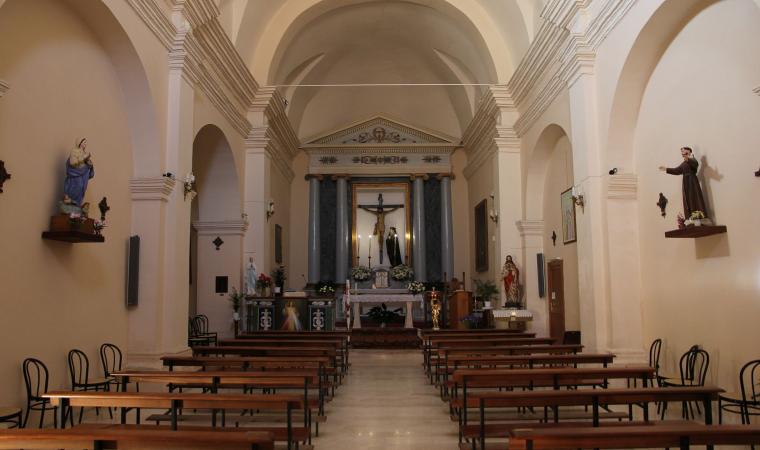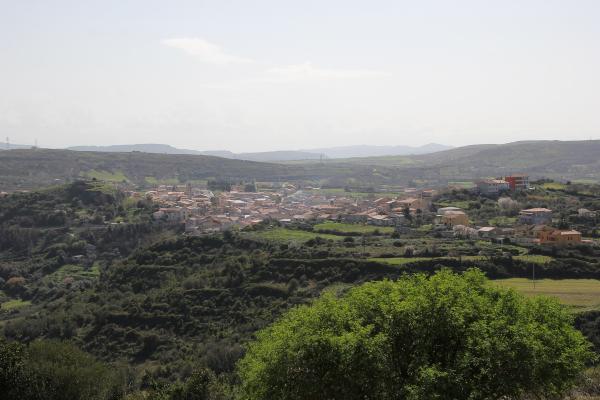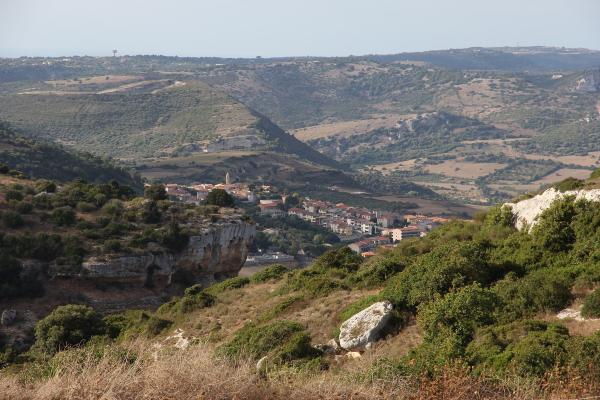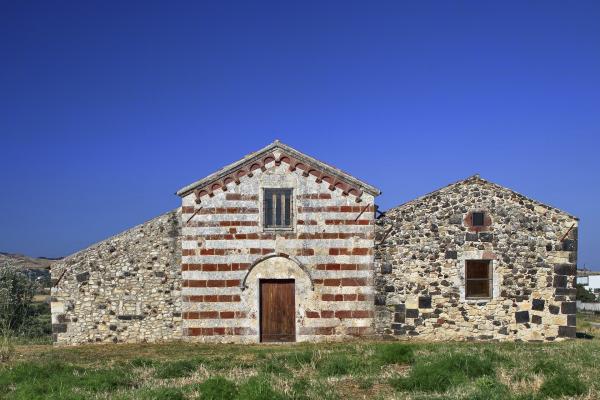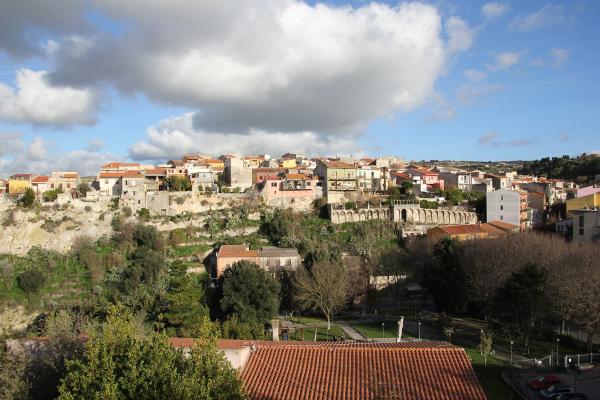It owes much of its fame to the scenic basilica of the Santissima Trinità di Saccargia. Codrongianos rises on the hills of Logudoro, 300 metres above sea level, with some 1,300 inhabitants. The remains of some 60 nuraghe provide proof that the area was well populated already in the 2nd millennium BC, the Bronze Age. The Nieddu nuraghe is the best preserved example. A single, eleven metre high tower with a tholos (false dome), the building sits on a small plain and was built with blocks of dark basalt (nieddu) which, together with the yellow lichen define its colour.
The origins of the modern-day village date to the Roman era (III century BC). To keep watch over the Karalis (Cagliari) – Turris Libisonis (Porto Torres) road they built the castrum Gordianus, named after the emperor.
It owes much of its fame to the scenic basilica of the Santissima Trinità di Saccargia. Codrongianos rises on the hills of Logudoro, 300 metres above sea level, with some 1,300 inhabitants. The remains of some 60 nuraghe provide proof that the area was well populated already in the 2nd millennium BC, the Bronze Age. The Nieddu nuraghe is the best preserved example. A single, eleven metre high tower with a tholos (false dome), the building sits on a small plain and was built with blocks of dark basalt (nieddu) which, together with the yellow lichen define its colour.
The origins of the modern-day village date to the Roman era (III century BC). To keep watch over the Karalis (Cagliari) – Turris Libisonis (Porto Torres) road they built the castrum Gordianus, named after the emperor. Codrongianus was divided into two parts: Cotronianu e josso (lower), home to the XIII century Romanesque church of the Santa Croce, and Cotronianu e susu (upper), which is where the current centre of town arose between the XVII and XVIII centuries around the parish church of San Paolo, which dates to the XII century and is home to precious paintings from the XVII century. To complete the tour of the churches, here is one of Sardinia’s loveliest and most significant ones. Some five kilometres out of town, in the countryside, you’ll see the tall dark basalt bell tower of the Basilica of Saccargia, built by Camaldolite monks in the early XII century. Its construction is shrouded in mystery and legend. It’s an impressive building: twenty metres long, seven wide and fourteen high with a perfect chromatic balance of black and white provided by alternating limestone and basalt layers that contrast beautifully with the surrounding green vegetation. Inside is an equally impressive fresco cycle. It is a visit that will linger long in your memory, especially if you go the Sunday after the Pentecost when they celebrate the feast of the Santissima Trinità di Saccargia, the most important of its kind in Codrongianos, with a great procession, religious rites, performances, dancing, poetry readings, folk music and local cuisine.





